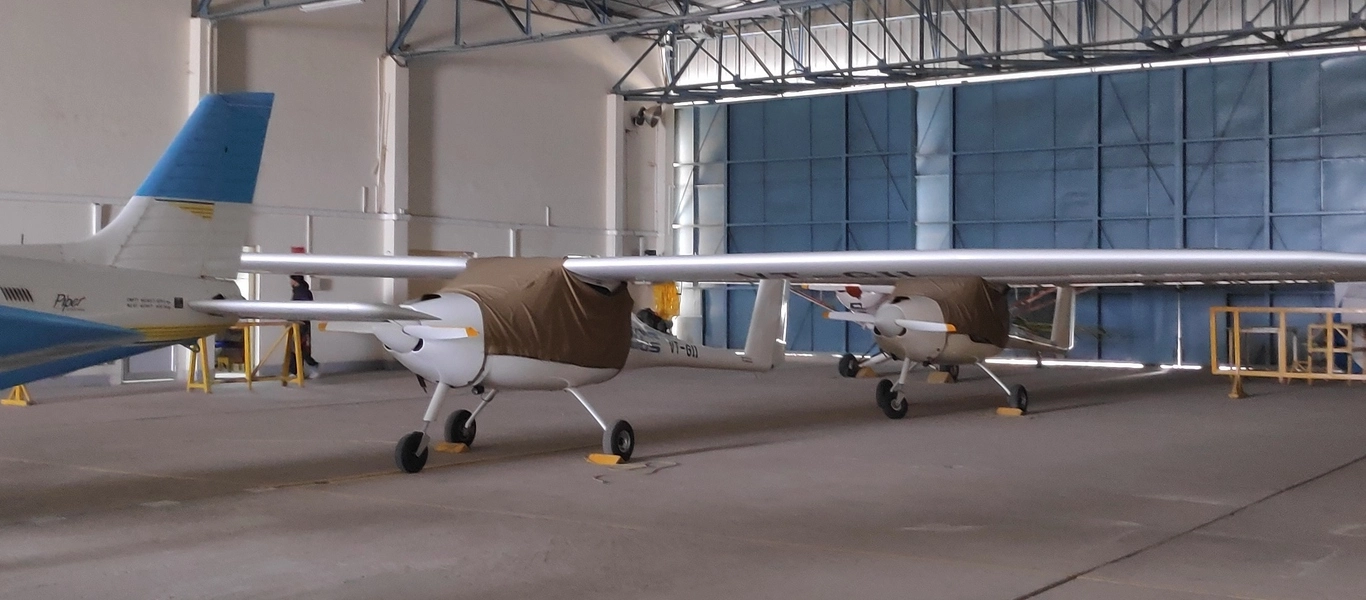
WELCOME
WELCOME TO THE WORLD OF ASTRONOMY

WELCOME
WELCOME TO THE WORLD OF ASTRONOMY

WELCOME
WELCOME TO THE WORLD OF ASTRONOMY

WELCOME
WELCOME TO THE WORLD OF ASTRONOMY

WELCOME
WELCOME TO THE WORLD OF ASTRONOMY
LATEST BLOGS

Introduction
Vector algebra is a fundamental branch of mathematics that underpins physics, engineering, computer science, and countless other fields. Unlike scalars, which represent magnitude alone (e.g., temperature, mass), vectors encapsulate both magnitude and direction, making them ideal for modeling phenomena like velocity, force, and displacement. This comprehensive guide explores vector algebra in depth, covering foundational operations, advanced concepts, real-world applications, and...

Laplace Transformation is a powerful mathematical tool widely used in engineering, physics, and control systems. It simplifies differential equations into algebraic equations, making them easier to solve. This article delves deeply into its history, principles, applications, and advanced topics.
History of Laplace Transform
The Laplace Transform was named after Pierre-Simon Laplace, an 18th-century French mathematician. Initially developed to solve differential equations in celestial mecha...

Introduction
Exoplanets, or extrasolar planets, are planets that orbit stars outside our solar system. Their discovery has revolutionized our understanding of planetary systems and opened new avenues for studying the potential for life beyond Earth. In this blog, we delve deep into the fascinating world of exoplanets, exploring how they are discovered, classified, and studied, as well as the future prospects of exoplanet exploration.
History of Exoplanet Discovery
The concept of planets...

Introduction
Stars, those magnificent celestial bodies that illuminate the cosmos, have finite lifespans. Their evolution is a complex interplay of forces, culminating in a variety of stellar remnants. Among these, the white dwarf stands as a testament to the powerful forces at work within a star. This blog post will delve into the fascinating world of white dwarfs, exploring their formation, properties, and significance in our understanding of stellar evolution.
The Life and Death o
...Time is more than just a concept—it’s a critical tool for scientific exploration, global communication, and navigation. Different fields require different timekeeping systems, each tailored for specific applications. In this comprehensive blog, we’ll explore a variety of time systems defined by the International Astronomical Union (IAU) and other organizations, including UTC, UT1, Julian Day, Modified Julian Day, Terrestrial Time, Barycentric Dynamical Time, and more.
The Importance of Time
...Stars are born, live, and die in fascinating ways. In this post, we’ll explore the life cycle of a star, from its formation in a nebula to its explosive end as a supernova.
Step 1: Formation in a Nebula
A star begins its life in a nebula, a giant cloud of gas and dust. Gravity causes parts of the nebula to collapse, forming dense regions that heat up and eventually become protostars.
Step 2: Main Sequence
Once nuclear fusion begins in the core of the protostar, it becomes a main-sequence...